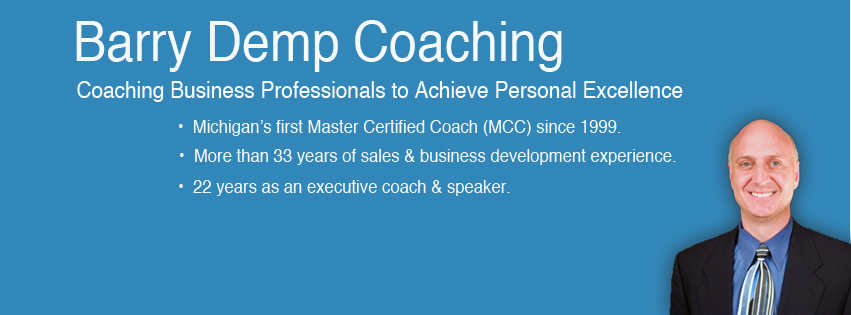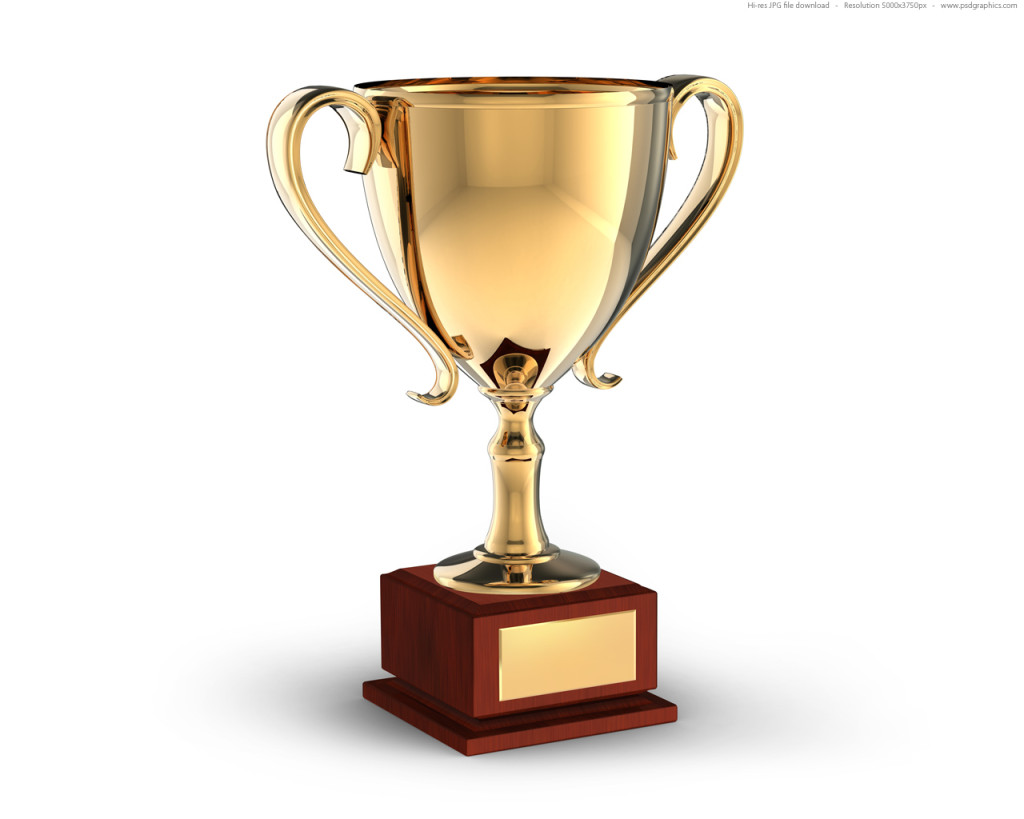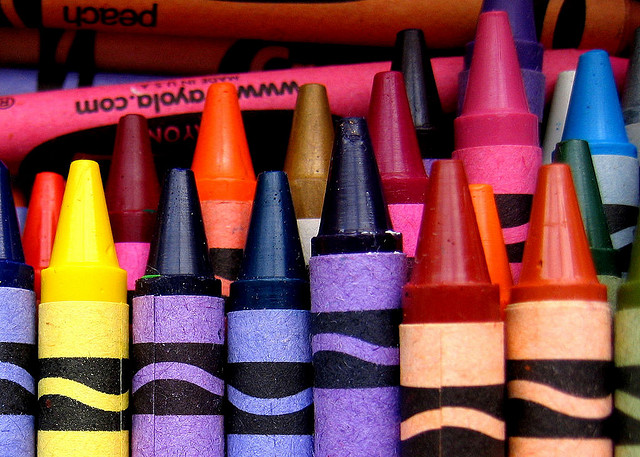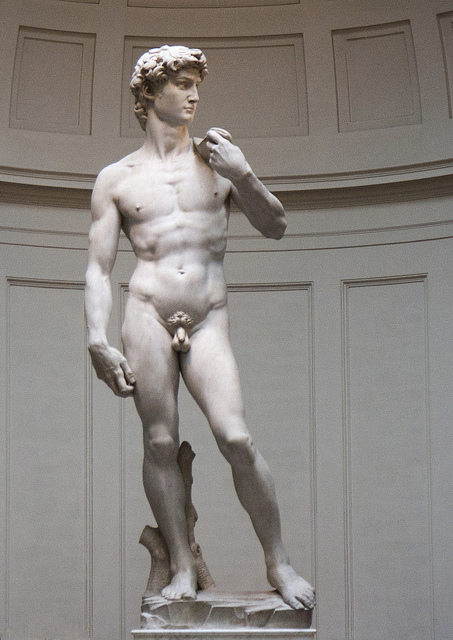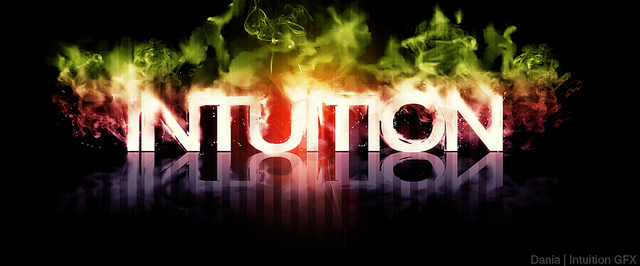“Never judge a book by its movie.”
—Don DeLillo, American novelist

image from icezen.com
Reading a book takes effort. Watching a movie, not so much. More often than not, many if not most movies fall short of their books.
Tens or hundreds of millions of dollars are invested in movies based on books because the characters and stories amaze readers. It is in these stories and characters that our visions of these works of art are envisioned and portrayed by producers and directors. Unfortunately, even with brilliant actors and special effects, the images on screen rarely capture what our own creativity and imagination can create from the words of a masterful storyteller.
Books allow us to pace ourselves and literally savor each bit of dialogue or image painted, if we choose to do the work the writer intended. Phrases like “I couldn’t put it down,” or “page turner” are familiar to all of us who have been fortunate to get our hands on great books.
These works also tend to have a lasting impact in that their messages and images penetrate deeply, due to the active role the reader must play.
Perhaps a picture does not always paint 1,000 words, and the words found in books allow us to paint more masterful pictures in our hearts and minds.
EXERCISE
Consider reading the book upon which a current film has been made, either before or after attending a screening.
Determine which you enjoyed the most, or felt had the greatest impact.


